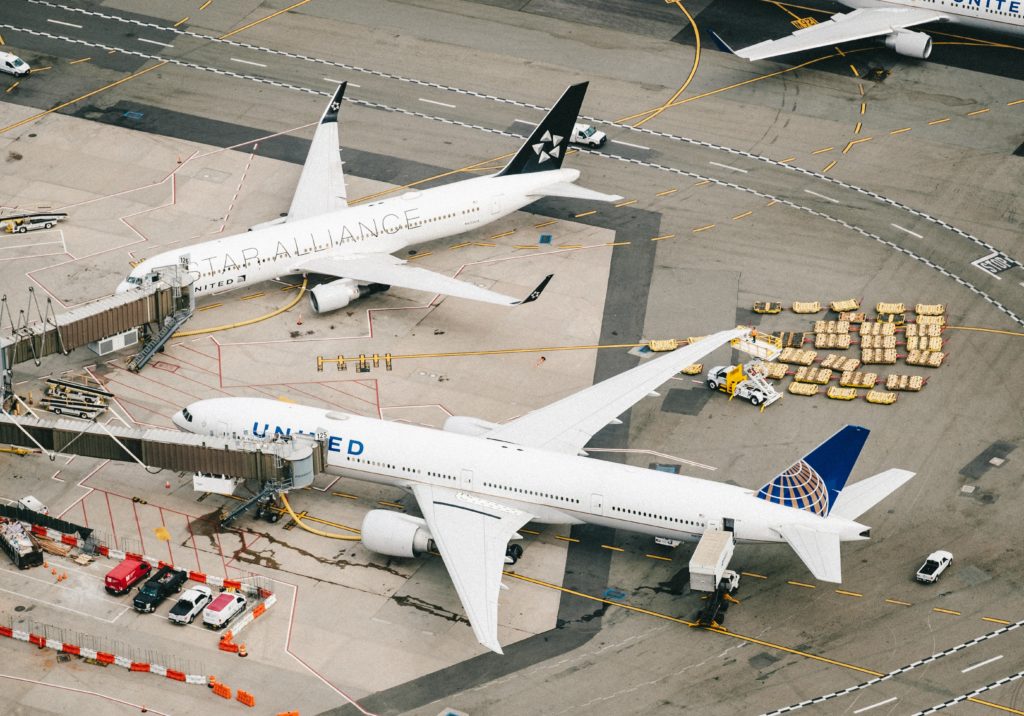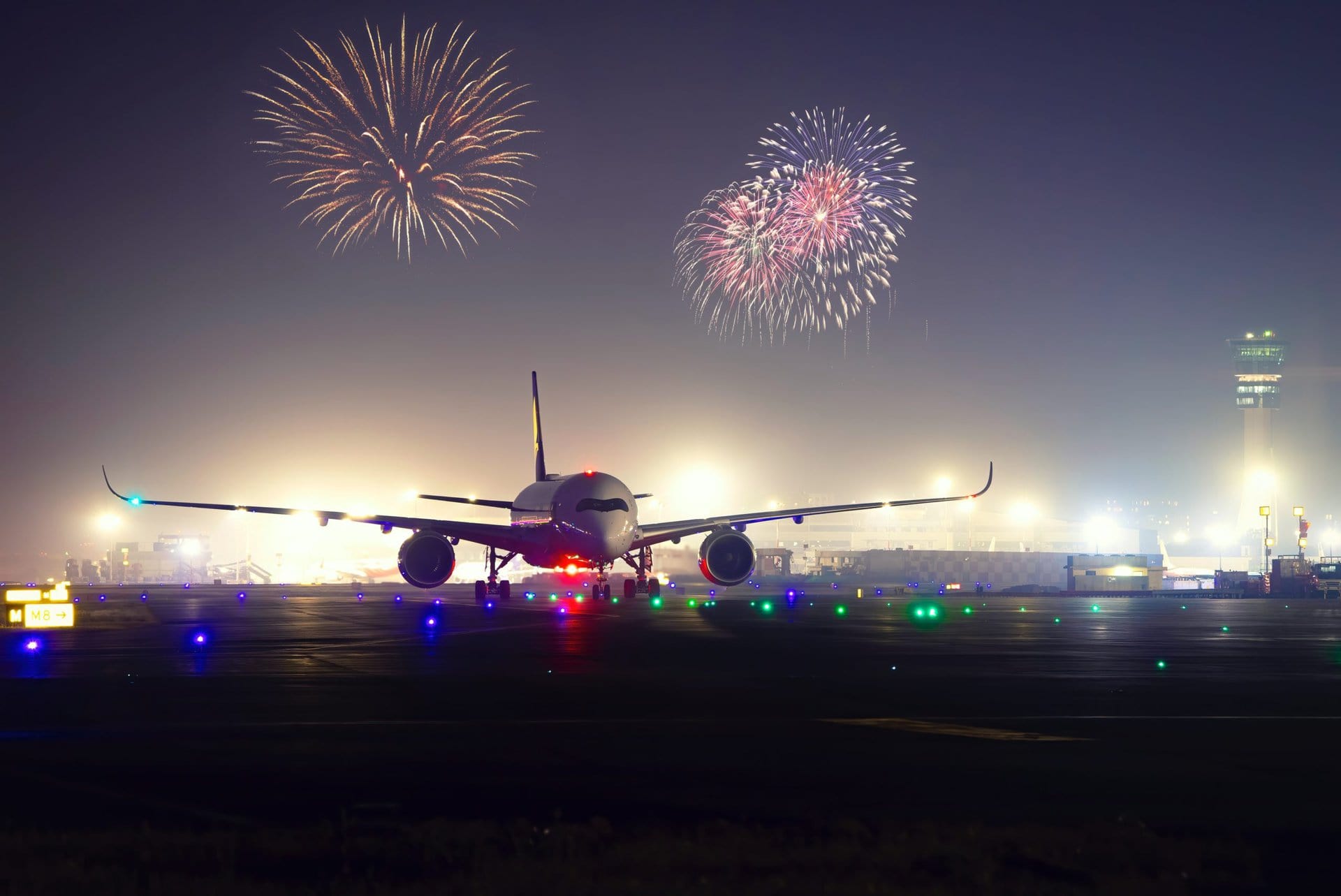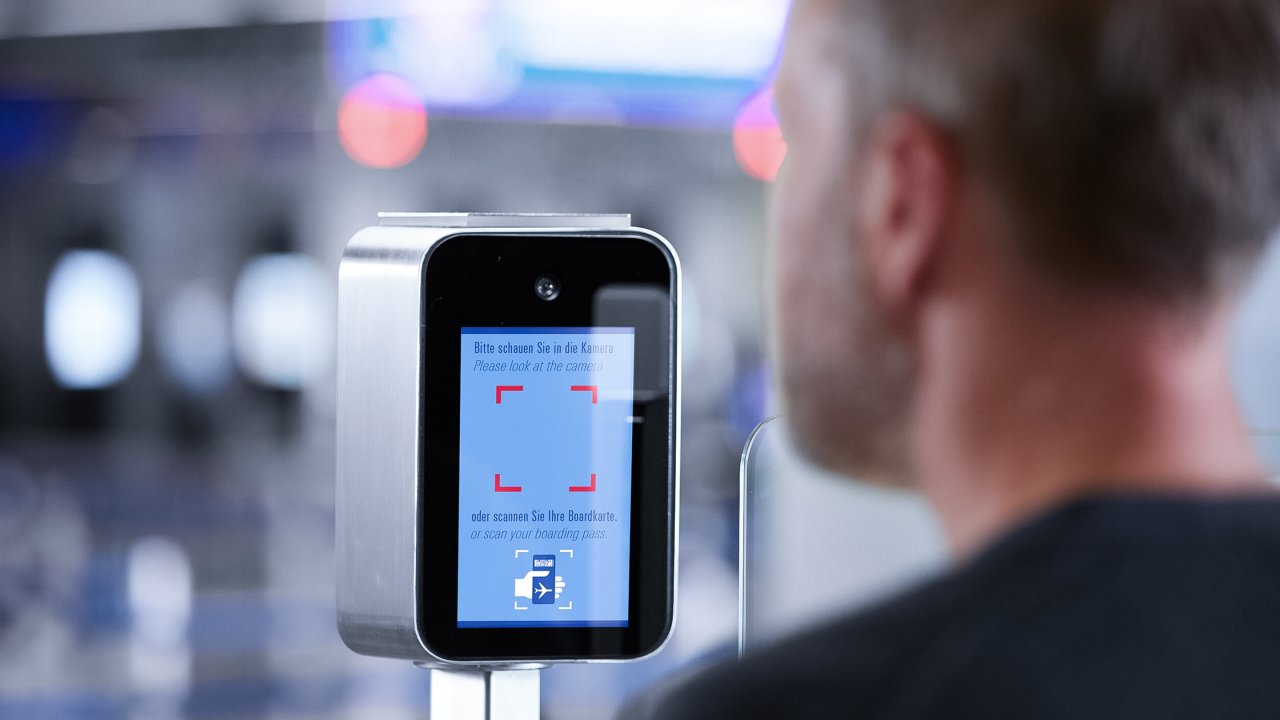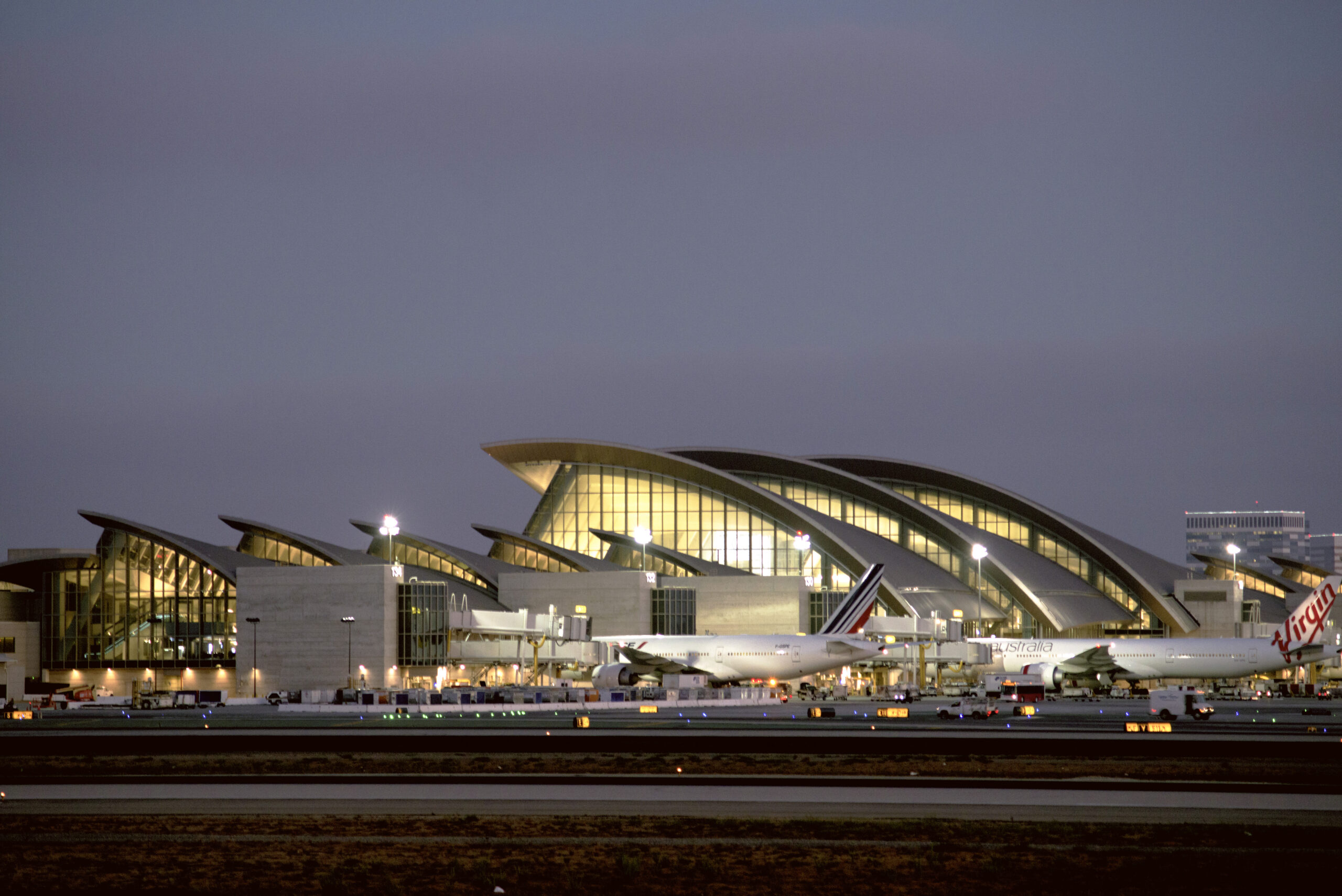The global airline industry predicts 2023 will be its first profitable year since the onset of the global pandemic, according to an analysis from the International Air Transport Association (IATA). The forecast, presented at IATA’s Global Media Days on Dec. 6 and 7 in Geneva, expects carriers to post a small net profit of $4.7 billion.
That’s versus a net loss of $6.9 billion projected for the current year and a significant improvement over the $137.7 billion loss posted in 2020 and the $42.0 billion shortfall reported in 2021. In addition, it would be the first year in the black for the world’s airlines since 2019, when net profits totaled $26.4 billion.
The recovery comes as airlines continue to stem losses on the strength of rising demand. Passenger revenues next year are expected to grow to $438 billion, up from $239 billion in 2021. Air cargo revenues are forecast to reach $201.4 billion, more than double the $100.8 billion earned in 2019.

Photo: Courtesy of Chris Leipelt / Unsplash
The IATA report found that currently, North America is the only region of the world set to post profits in 2022. In 2023, airlines in two more regions—Europe and the Middle East—should return to profitability, while Latin America, Africa, and Asia-Pacific will remain in the red.
“Resilience has been the hallmark for airlines in the COVID-19 crisis. As we look to 2023, the financial recovery will take shape with a first industry profit since 2019,” said Willie Walsh, IATA’s director general. “But a $4.7 billion profit on industry revenues of $779 billion also illustrates that there is much more ground to cover to put the global industry on a solid financial footing.”
While the outlook for the airlines continues to improve, the IATA analysis found the industry faces risks from increased labor costs and rising fuel prices, a potential softening of GDP growth worldwide, and delays in dropping COVID-19 restrictions in several markets, particularly China.
“The expected profits for 2023 are razor thin,” Walsh noted. “But it is incredibly significant that we have turned the corner to profitability. The challenges that airlines will face in 2023, while complex, will fall into our areas of experience.”
Ready To Fly & More
During the Global Media Days event, IATA unveiled several new air travel initiatives and released updated reports on the state of the industry.
Travelers may soon find a digital ready-to-fly process at airports one step closer to reality with the publication of IATA’s Recommended Practice on Digitalization of Admissibility. It outlines an industry standard that will enable travelers to prove they can be admitted to international destinations digitally.
The standard advances the IATA One ID concept further, allowing passengers to digitally get all necessary pre-travel authorizations directly from governments before their trip. In addition, Contactless biometric-enabled processes will enable them to share their “OK to Fly” status with their airline.
Arriving at the airport ‘Ready to Fly’ is closer to reality with new industry standards!
Digitalization of Admissibility standards will enable travelers to avoid stopping at check-in or the boarding gate for document checks. #IATAGMD #OneID
More 👉 https://t.co/xLh6hkoFNL pic.twitter.com/xSQXIt0nzj
— IATA (@IATA) December 6, 2022
One ID also plays a role in IATA’s Modern Airline Retailing program. This initiative aims to modernize decades-old standards to increase the ability of airlines to deliver a more customer-centric buying experience.
The program ties identification technology with the organization’s New Distribution Capability (NDC) interfaces to allow travelers more options, regardless of which platform travel is booked on. It also aims to streamline the current technology to give customers a simpler itinerary reference number and document.
Sustainability Front & Center
A recent IATA poll of travelers in 11 global markets revealed that over half of those surveyed (57 percent) are familiar with the UN Sustainable Development Goals, and most recognize aviation as a critical contributor to meeting those goals.
A study released during the IATA media event found that the Sustainable Aviation Fuel (SAF) industry is set to produce at least 300 million liters of SAF in 2022. However, some calculations put total production much higher—as much as 450 million liters. That’s in contrast to the production of 100 million liters in 2021.
“There was at least triple the amount of SAF in the market in 2022 than in 2021. And airlines used every drop, even at very high prices,” Walsh told the media event. “If more was available, it would have been purchased. That makes it clear that it is a supply issue and that market forces alone are insufficient to solve it.”
Walsh urged governments to step in with supporting policies to boost SAF toward a production capacity of 450 billion liters to meet the 2050 carbon goals.
Improved geographic spread and diversification of production pathways are required in the Sustainable Aviation Fuel (SAF) pathway.
Over 80% of the renewable fuel outputs today are based on HEFA (Hydro processed Esters and Fatty Acids).
👉 https://t.co/nyMKxdV1SE#IATAGMD pic.twitter.com/JBL3ll3Rdt
— IATA (@IATA) December 7, 2022
In another significant sustainability-focused initiative, IATA announced it is joining forces with Travalyst, an organization that helps both travelers and travel companies make greener choices. The collaboration aims to provide consumers with a consistent, accurate, and widely available calculation of their carbon footprint from air travel.
“This is the first time that airlines and the travel technology sector have come together in this way,” Sally Davey, CEO of Travalyst, said. “Today, we are bringing some of the leading travel brands around the table with the world’s leading airline association, with the aim of easily providing consumers with the most accurate carbon calculations.”




